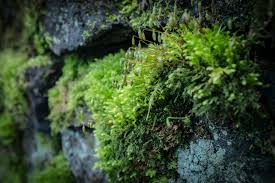Seven thousand years ago, the Yami  ancestors
of Maori on the island of Formosa (now Taiwan) gave the
name omo-omotan to
moss growing on the side of rocks and to seaweed on rocks at low
tide. ancestors
of Maori on the island of Formosa (now Taiwan) gave the
name omo-omotan to
moss growing on the side of rocks and to seaweed on rocks at low
tide.Their descendants who sailed to Philippines 4000 years ago used the word lumot for moss (which was inedible); but used limu for seaweeds (which they ate).  They
then kept the name limu
for seaweed as they migrated to north-east New Guinea,
then to the Solomons, Samoa and Tonga. They
then kept the name limu
for seaweed as they migrated to north-east New Guinea,
then to the Solomons, Samoa and Tonga.In the Tahitian, Tuamotua and Cook Islands, they lowered their tongues a little, rolled them like Scottish do, and called seaweed rimu. 
When voyagers from the Tahitian and Cook Islands colonised Aotearoa, they found it covered in huge trees with branchlets drooping down and swinging back and forth just like seaweed, so they named these trees RIMU. KIDS Did you know you can eat the cones on Rimu trees? TEENAGERS Some of the rimu trees in this forest are about 800 years old and almost 40 metres tall. Can you figure out how to use some simple trigonometry to measure the approximate height of a rimu tree? MAORI HERITAGE Learn to sing this haunting waiata tangi Rimurimu. |
|||
